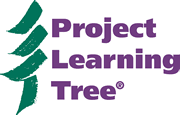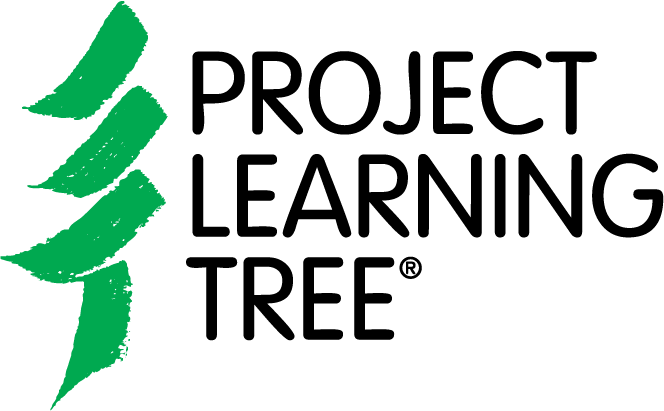While some fires naturally occur and help keep forest ecosystems healthy, 84% of wildfires are caused by human-related activities. Help children learn what causes wildfires and how to prevent them with these student activities.
any fire other than a controlled or prescribed burn occurring on wild land.
Learn about the Tree and Forest restoration process after a wildfire with this comprehensive resource from Montana State University (MSU) Extension Forestry. In addition, MSU …
In this activity, students will develop and apply decision-making skills to various environmental risk scenarios, including wildland fires, natural hazards, and threats to coral reefs …
In March, we held our PLT conference in Clemson, South Carolina where over 120 people came together to build relationships, design the future of environmental education, and collaborate on ways to introduce more children to nature.
Something we all have in common is that in one shape or form, we all have been touched by trauma. Everyone’s experience with trauma is different, which is why it is crucial to create a supportive space for people to learn. Learn about the work Oregon PLT State Co-Coordinator, Yasmeen Hossain, is doing to help educators incorporate a trauma-informed approach into environmental education.
The Forest to Faucets 2.0 assessment uses geospatial modeling to identify watersheds in the conterminous United States that are most important to surface drinking water, …
First launched in 2013, PLT had the opportunity to partner with Dr. Kris Irwin to author a total of 30 STEM Strategies that supplement activities within various PLT curriculum guides, including the Explore Your Environment: K-8 Activity Guide. As Dr. Irwin plans for his retirement in early 2024, we are excited to share his favorite STEM Strategies from over the years.
PLT recognized four outstanding individuals who have made significant contributions and embody PLT’s mission of advancing environmental education, forest literacy, and career pathways using forests and trees as windows on the world.
Get learners excited about sustainability with Earth Science Week activities you can try with your classroom, complete with recommended grade levels and relevant science standards!

